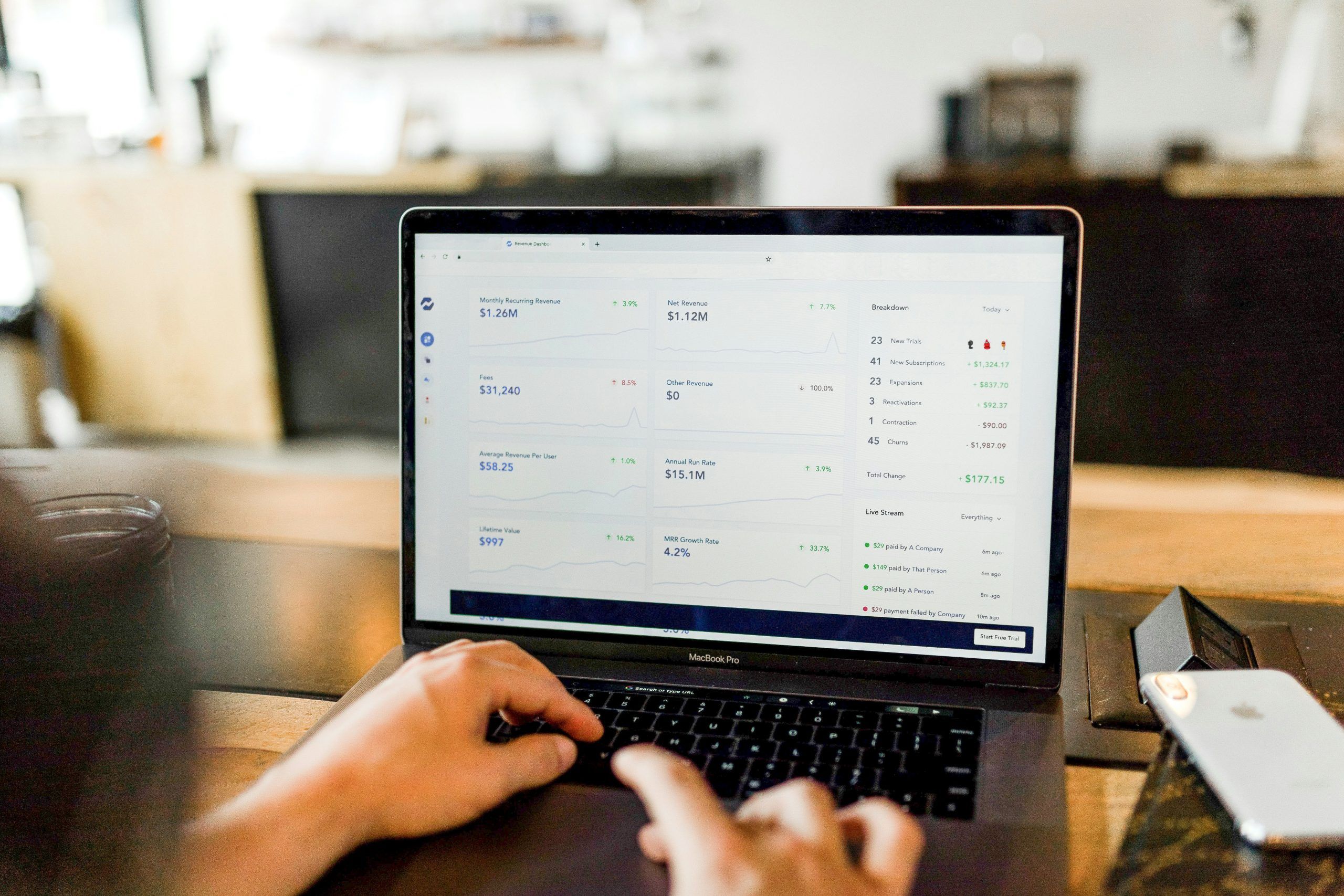Small- and medium-sized enterprises (SMEs) work closely with banks for a multitude of reasons, some of which include financial safekeeping, the ability to facilitate payment transfers, and opportunities to take out business loans with favorable terms. But more than just helping account owners move money around, banks can actually offer financial insights that can prove invaluable to businesses’ growth.
If you hail from an SME and want to know more about the trends, behaviors, and financial attitudes that will affect your business’ financial performance, you could make good use of your bank’s banking analytics features. Let’s have a quick look at what banking analytics are and how you can use them for your SME’s benefit.
Banking Analytics: A Definition

Now that we’re fully in the digital age, data has become a crucial part of the success of multiple industries. Modern-day analytics afford businesses a greater understanding of various patterns, trends, and general consumer behavior that could affect their bottom line.
When it comes to solutions for business banking Philippines SMEs can rely on, for example—like that of Maya Business Deposit—data may be utilized by banks to come up with credit profiles, risk assessments, market trend predictions, operational performance reviews, and more. The process of collecting data to come up with the aforementioned information is called banking analytics.
While specific data can be privy only to the banks and financial institutions themselves, there are some that the banking clients themselves can have access to. If you use your bank’s online platform or app, you might be able to access the data right now in just a few clicks. But how exactly are these meant to help your business?
How Banking Analytics Can Help Today’s Generation of SMEs

SMEs can make full use of their banking analytics in the following ways:
1) Tracking Revenue and Expenses
A staple feature of any online banking platform or app is the ability to show you a record of all your transactions. You’re even able to filter them according to a specific time frame in case you’re looking to check for a particular past transaction. Each entry also contains details such as which account the fund was transferred to or from, as well as the other party involved in the transaction.
Analytics like these may seem simple, but they actually allow SMEs to keep digital ledgers of their revenue and expenses right in their banking apps. In your case, this will make for quick and easy tracking of your business’s cash flow, ensuring that no expenses go unnoticed and that your profits are being accepted to the right accounts. Such a monitoring system is important especially for smaller businesses who may not have that much capital to go around—every cent will count, after all.
2) Checking Business Profit Trends
When account owners request banking statements from their bank, they may also be able to gain insight from analytics that can clue them in on relevant trends in their business’s cash flow. For example, seeing which months bring in the most revenue would help you pinpoint peak seasons and likewise adjust your SME’s strategy for the months that tend to bring weaker profits.
It’s important to know this simply because you’ll get a better understanding of the trends that drive your business. Knowing your peak season means you’ll also know which months may require you to stock more supplies or take in more manpower to help ensure that you’re able to meet all your customers’ demands. Meanwhile, you can get ready in advance for slow months by saving up to ensure you won’t run dry, even if the business isn’t bringing in that much profit at the moment.
3) Making More Data-Driven Decisions
The main purpose of data analytics is to empower individuals and organizations alike to make more informed decisions. When you have ample information about a situation, you’re able to gauge it better, and that results in choices that are less likely to be detrimental for your business.
Your bank’s banking analytics can provide you with that much-needed insight and may even help you stay ahead of competitors. For example, knowing which months don’t bring in that much profit can be a motivating factor to make targeted marketing efforts, helping boost sales during those times. This allows you to cover all grounds, letting you focus on your operation’s weak spots to make up for them. You’ll have peace of mind, knowing that your business decisions are backed up by solid data that can attest to their effectiveness.
4) Recognizing Risks Early On
When it comes to running a business, you’ll always have to deal with the element of risk. Still, there are ways to manage or even prepare beforehand for such risks, granted of course that you have the foresight to help you do so.
Such foresight can be gathered from risk analytics that come with your banking data. A consultation with your bank about their analysis of your business finances might just help you pinpoint specific credit or market risks for your SME, among others. Some banks may even be able to offer funding options such as loans right away if needed in preparation of any potential risk.
Your bank’s banking analytics can offer you a wealth of information that will prove extremely useful for your SME’s operations. Contact your bank and ask them which financial analytics you can utilize together to keep your SME on the right track.

